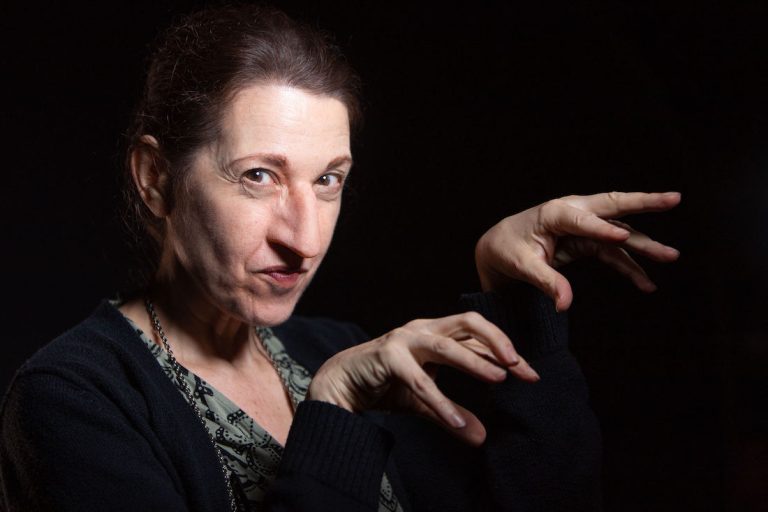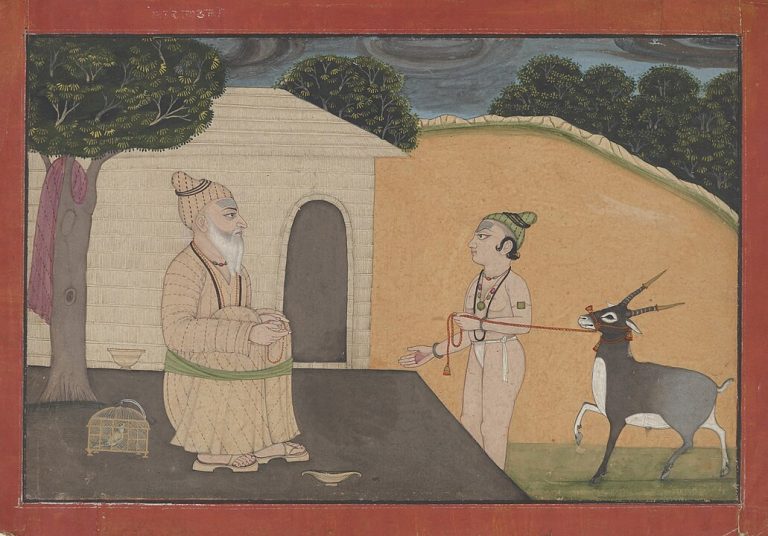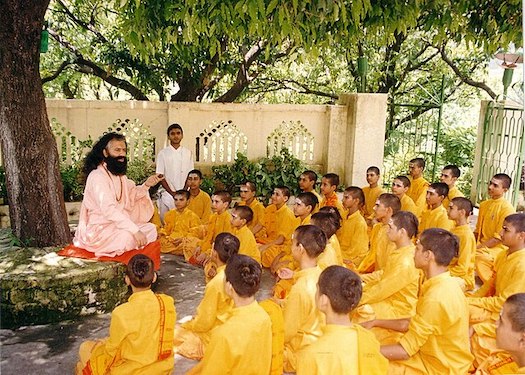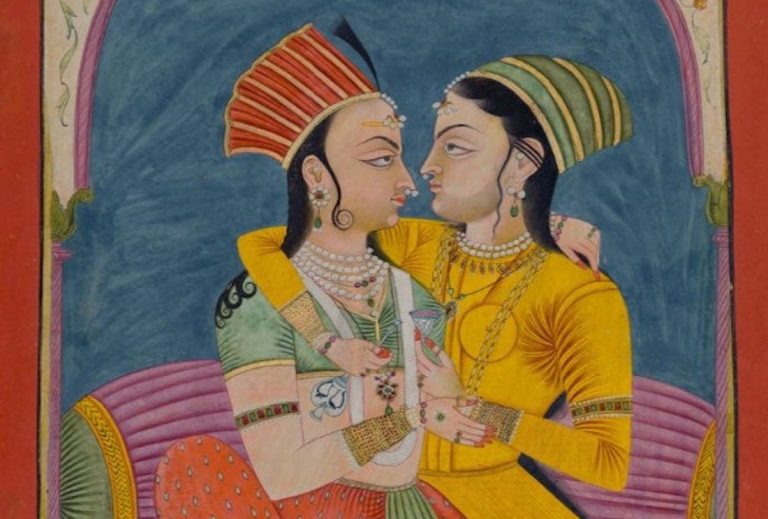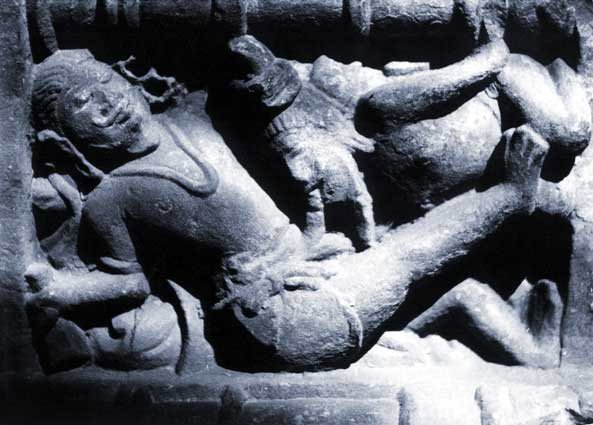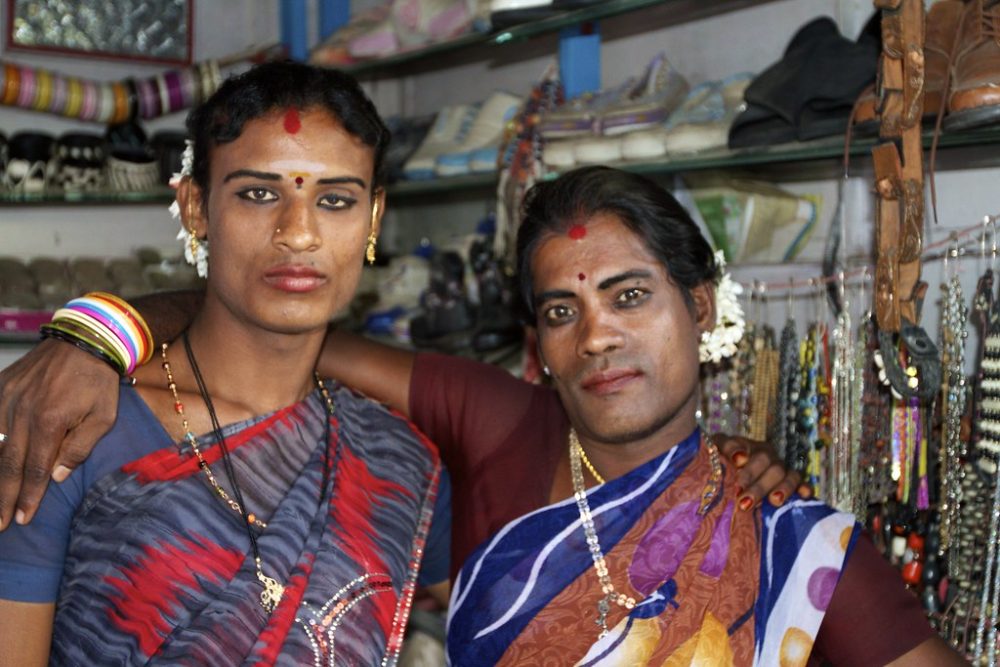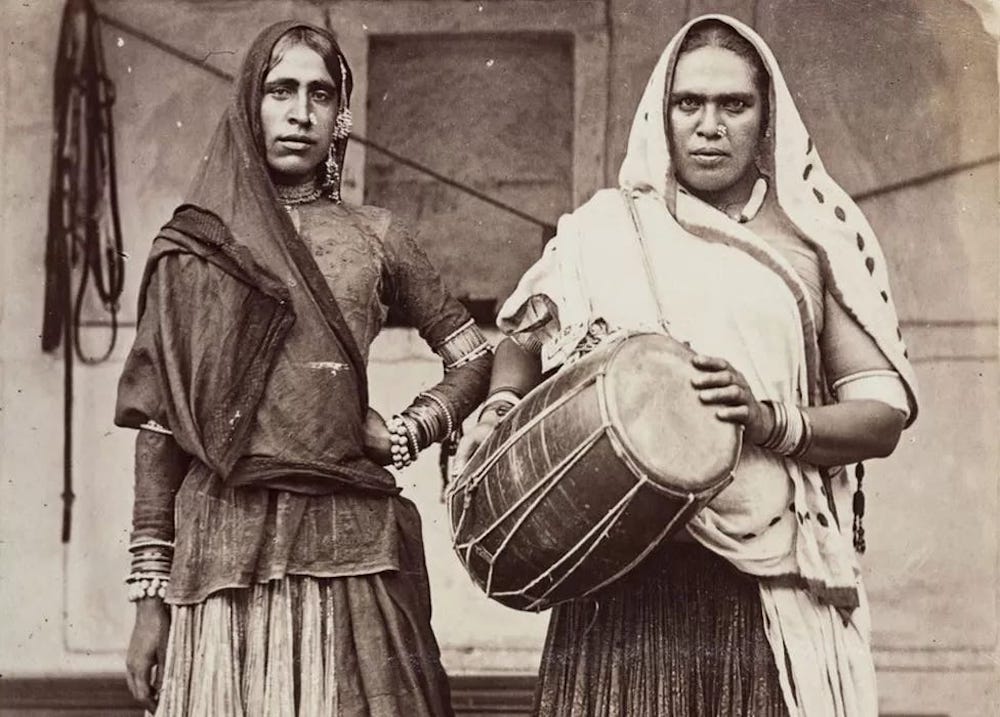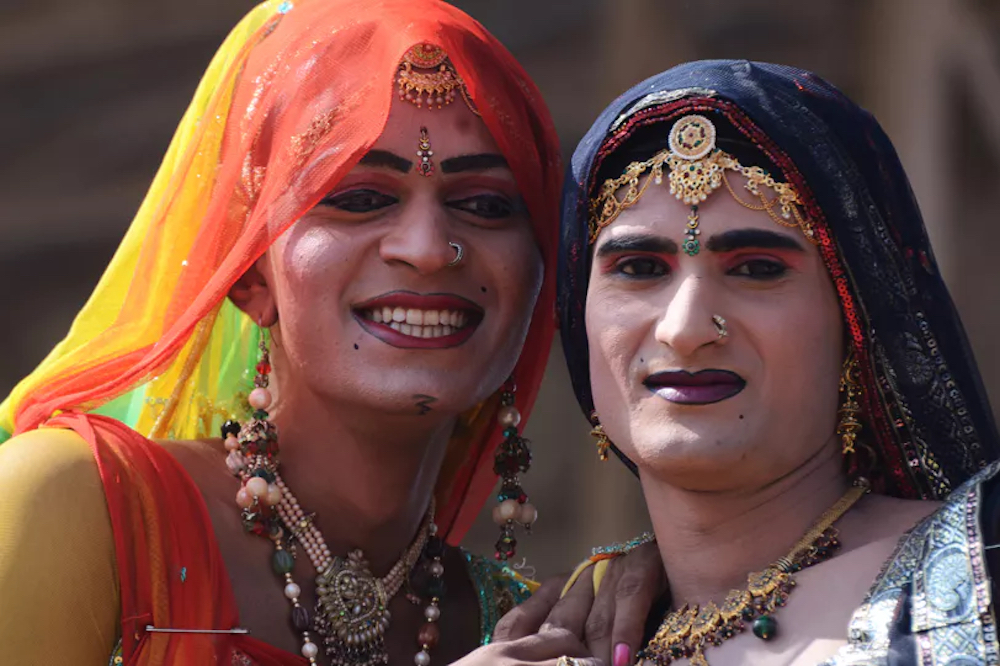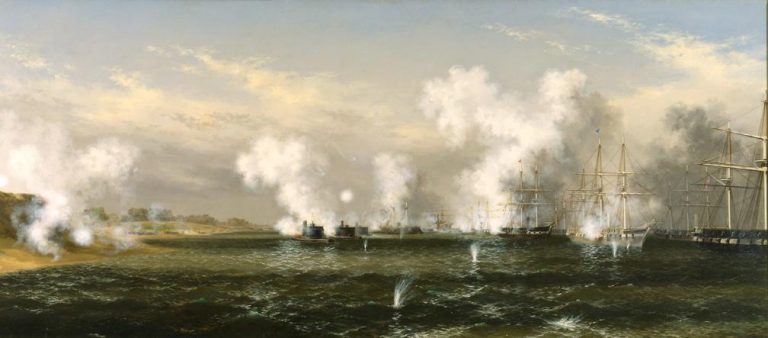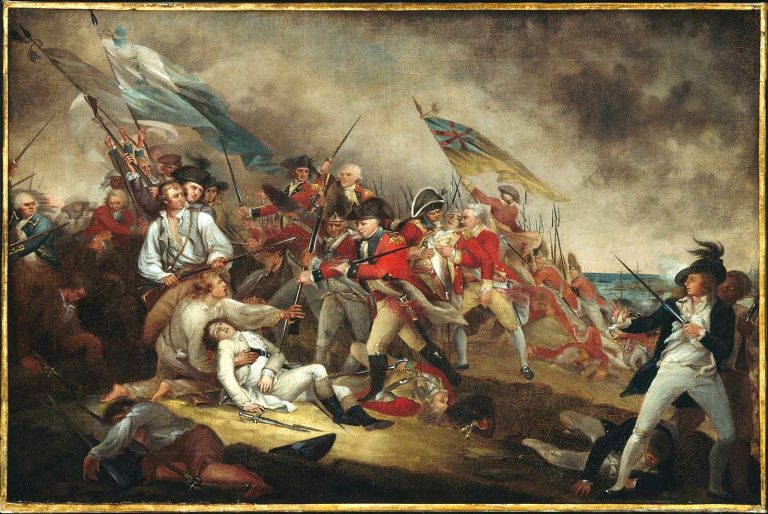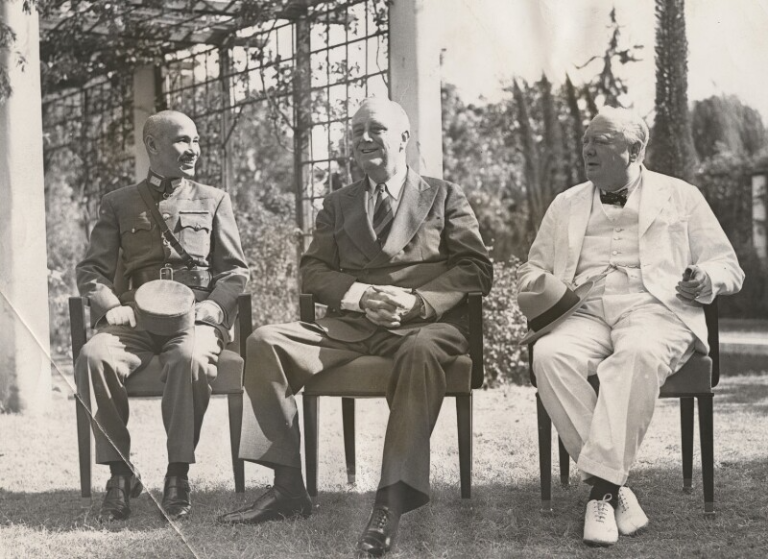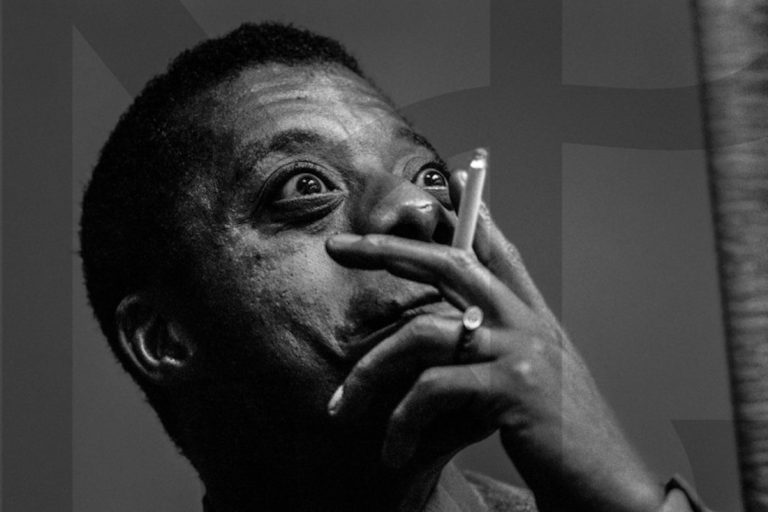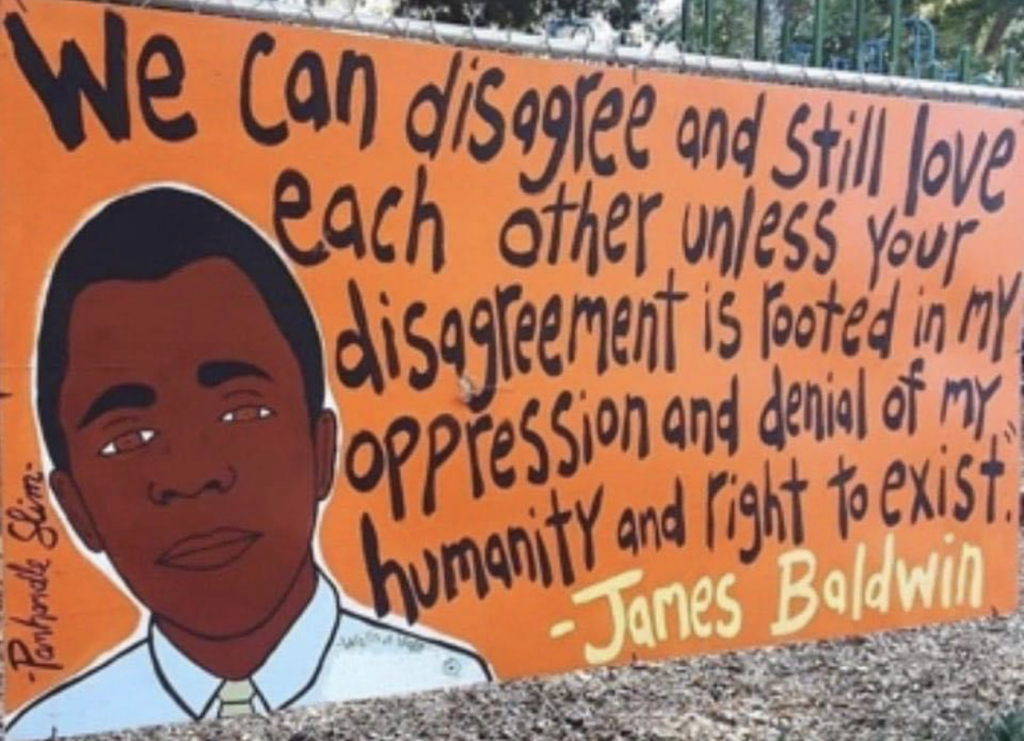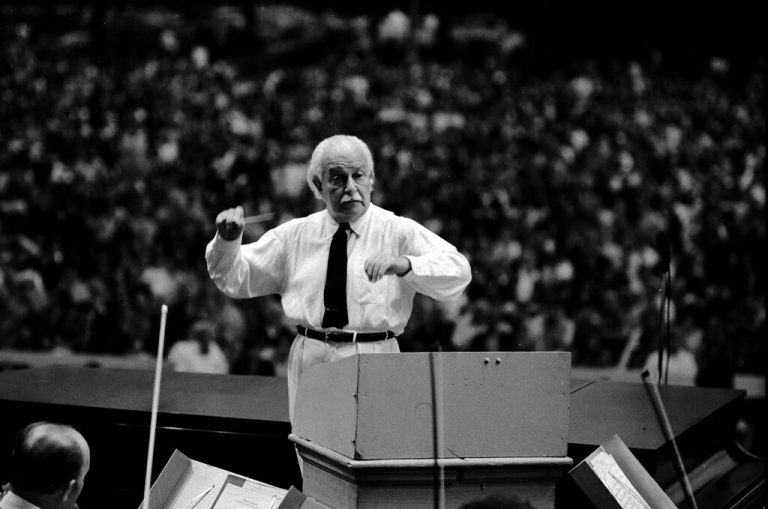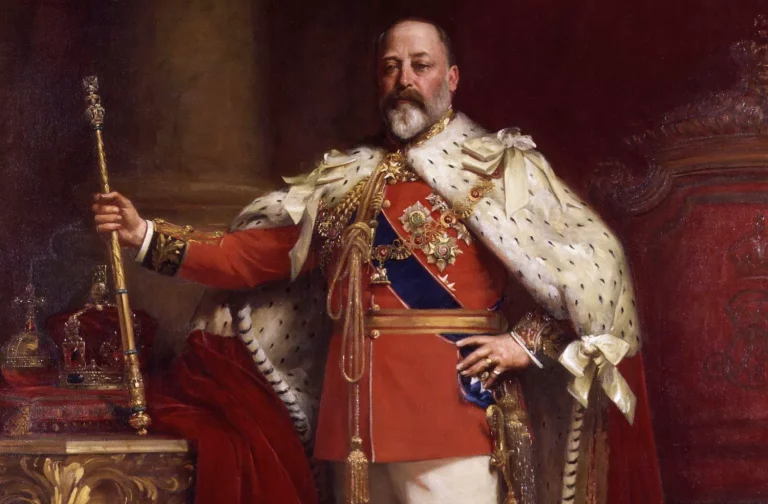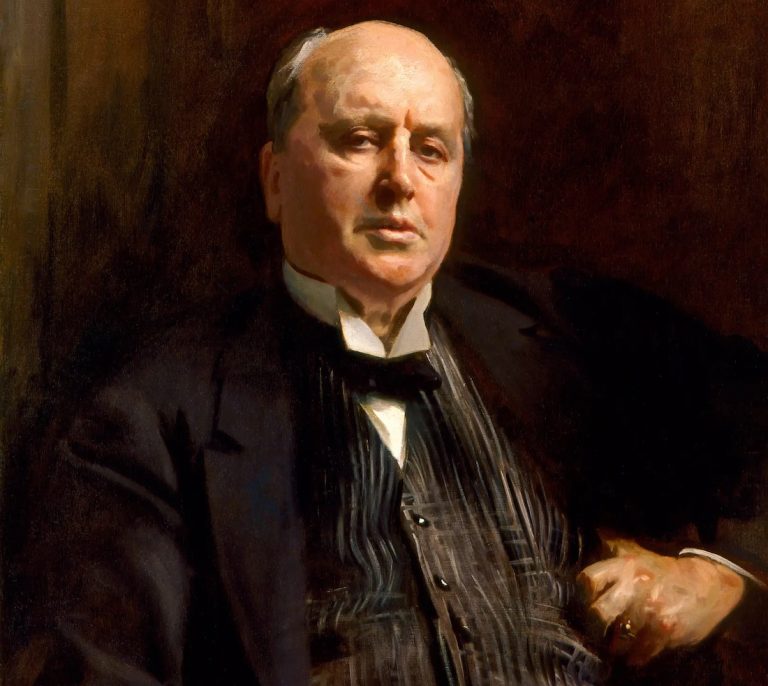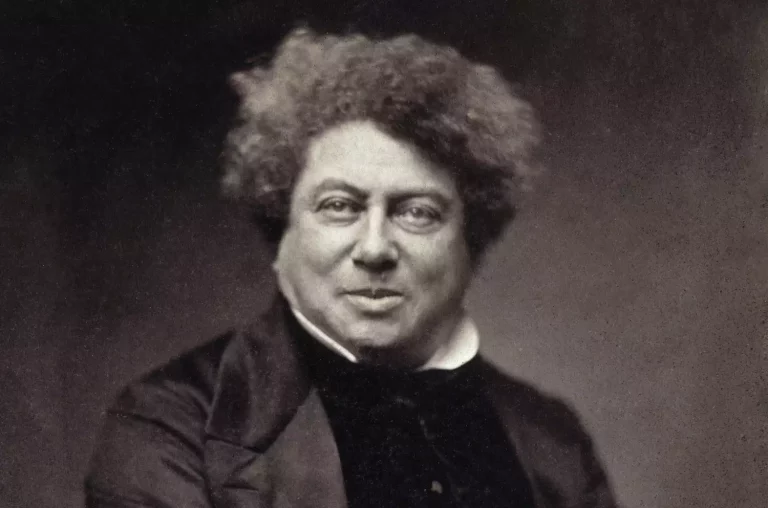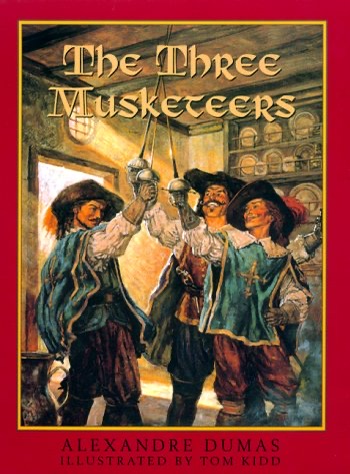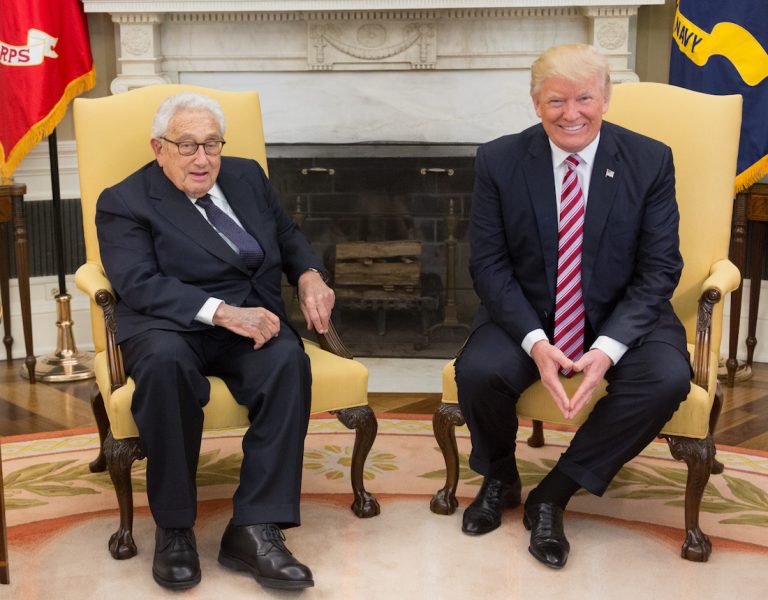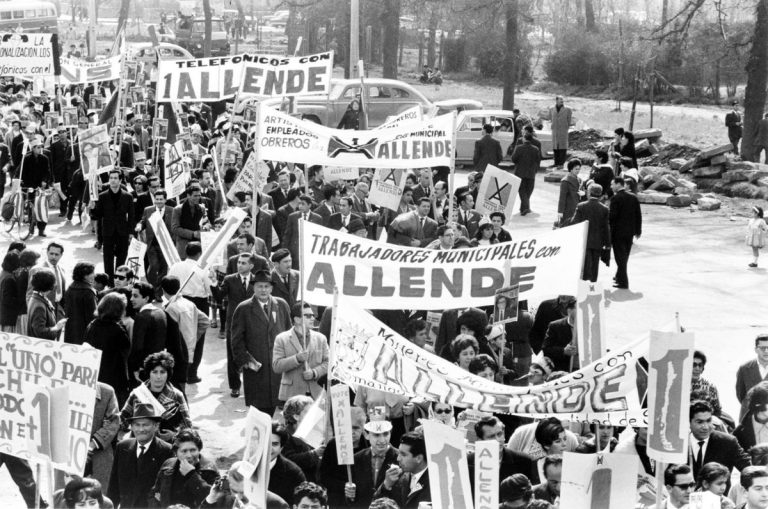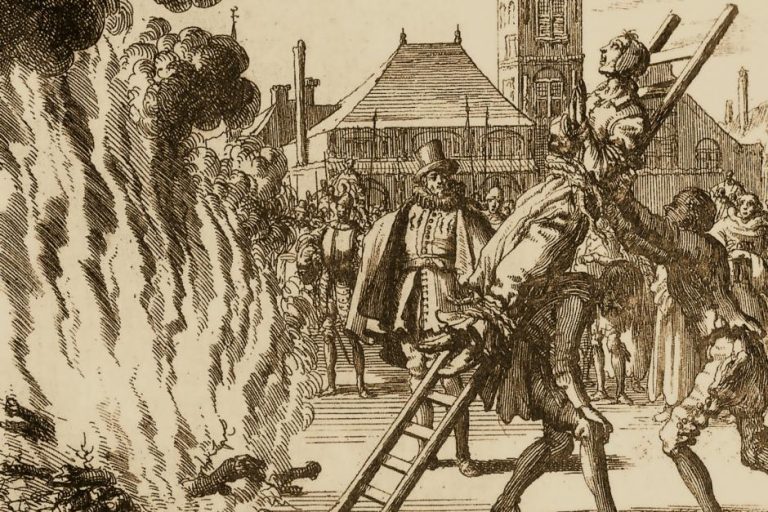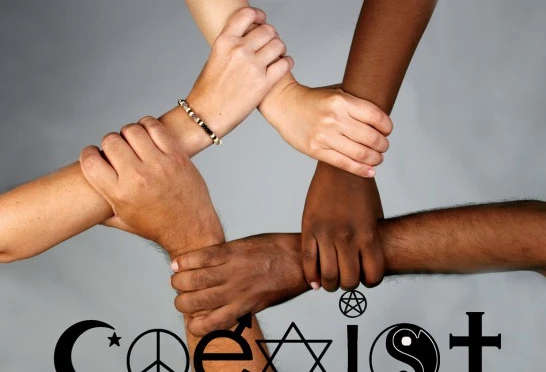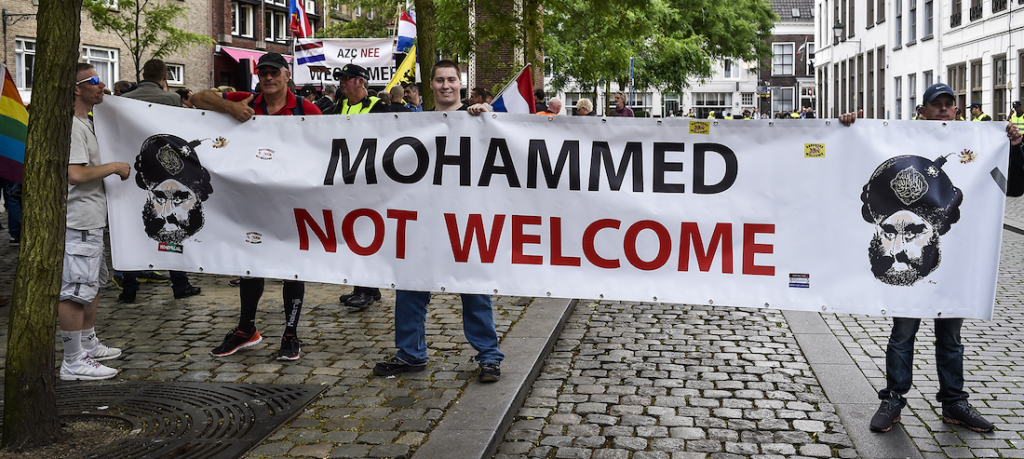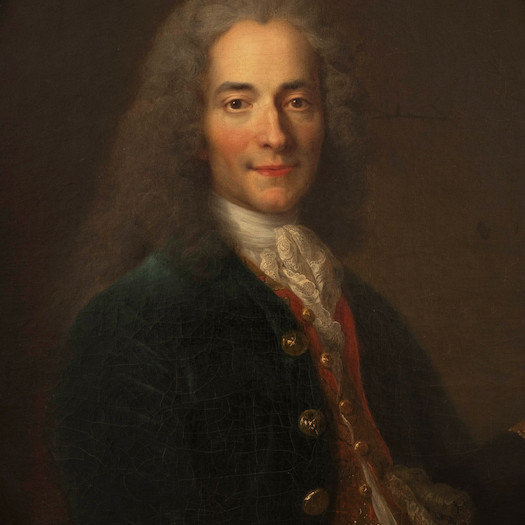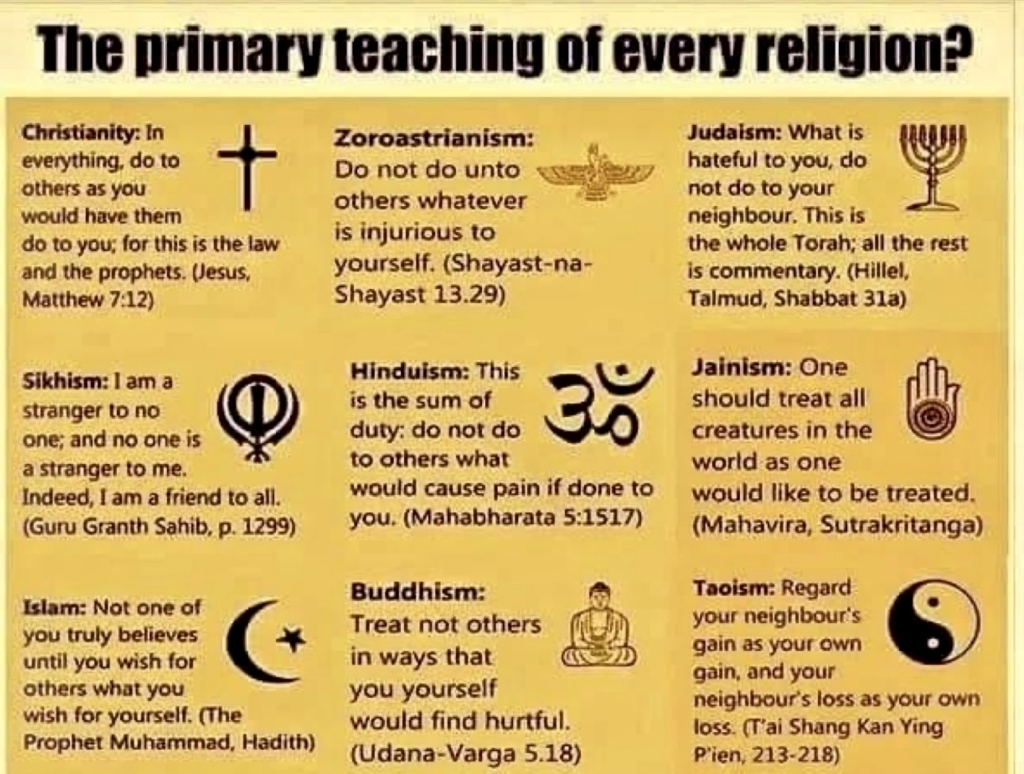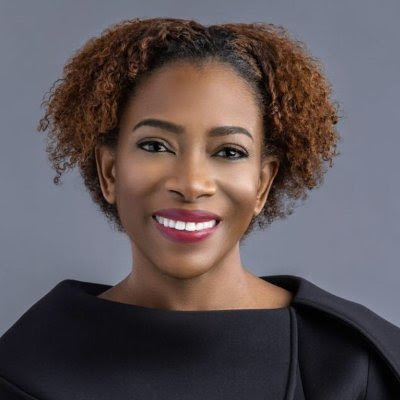Mikhail Baryshnikov or Rudolf Nureyev in East Side Club in 1990/91…
I remember romance au naturel with these two, individually, in the Rambles of Central Park around 1990…
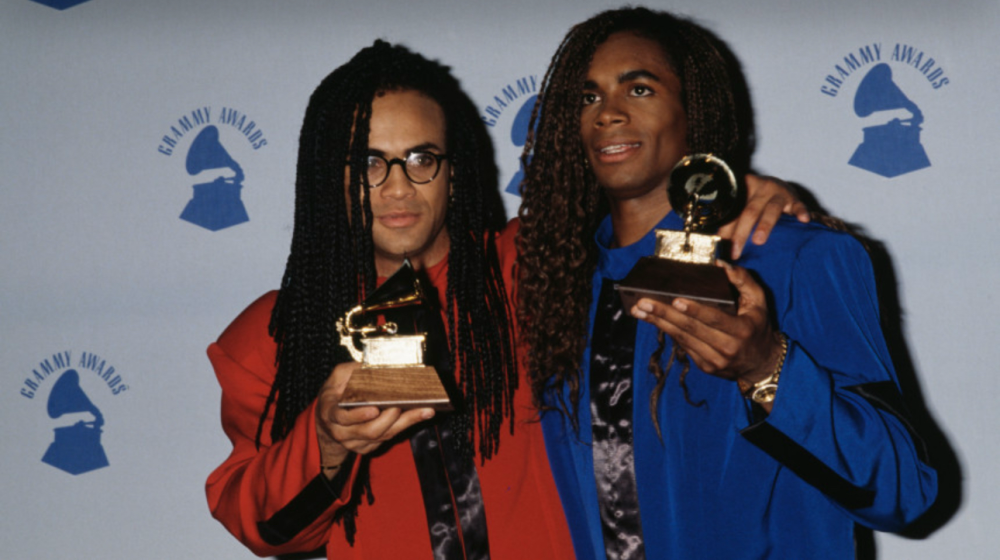
In mid-May 1997, I was coordinating a convention in San Diego and stayed for a week after to decompress, visiting local gay bars. I was about 38 years old then, married with an adopted infant and two three foster girls. My partner and live-in nannies were taking care of them in my absence.
In one bar, similar to Townhouse in New York where older guys would often meet and go home with younger men, I met guy who was insistent on being with me. He told me he lived in San Diego, but for some reason did not have an apartment. I had mentioned that I was in town for another week staying in a hotel and he insisted on going back to my hotel with me. He was about a decade younger than me. We did not have sex, but he was using heavily. I was fascinated to have a window on such new behavior for me. He kept telling me he was sure the police were after him, which I dismissed as drug-induced paranoia.
I could not get a straight answer out of him, but thought he might be Filipino, but not rally. It turns out he was half Filipino and half Italian. I learned from news reports he had been 27 years old. He remained in my room, behind closed curtains, for five days. I would go out and he would be waiting for me when I came back. I carried my valuable with me in my pocket, but nothing was stolen.
Wikipedia states that as a teenager, “Cunanan developed a reputation as a prolific liar, given to telling tall tales about his family and personal life. He was adept at changing his appearance according to what he felt was most attractive at a given moment.”
Wikipedia continues, “Cunanan identified as gay in high school, when he began having liaisons with wealthy older men. He was voted “Most Likely Not to Be Forgotten” by his classmates. After graduating from high school in 1987, Cunanan enrolled at the University of California, San Diego, where he majored in American history.
Wikipedia states, “In 1988, when Cunanan was 19, his father deserted his family and moved to the Philippines to evade arrest for embezzlement. That same year, his mother who was a deeply religious Catholic, learned he was gay and confronted him about his sexual orientation. During an argument, Cunanan threw his mother against a wall, dislocating her shoulder. Later examination of his behavior indicates that he may have suffered from antisocial personality disorder, characterized by a lack of remorse and empathy. In 1989, Cunanan dropped out of UC San Diego and settled in the Castro District of San Francisco, the West Coast’s center of gay culture.”
Going back to my story, I eventually kicked him out of my hotel room one early morn as I had to return to New York. He begged to stay until checkout, but I was not willing to leave him alone on a room connected to my credit card… He had said something the night before about killing or wanting to kill Gianni Versace who I believed was in Miami, but the whole thing made no sense and again I wrote it off to rug-induced hallucinations.
I soon pieced it together. The man was in the news three months later after he murdered Versace, then 50 years old, and committed suicide a week later on a luxury houseboat. He had shot Versace in the back of the head on the front steps of his Miami Beach mansion known as Casa Casuarina.
It was years before I understood the whole story. Cunanan’s killings began in Minneapolis about a month before I met him. There, he murdered his friend, 28-year-old Jeffrey Allen “Jeff” Trail. After an earlier argument in Trail’s apartment, Cunanan stole Trail’s gun and took it to David Madson’s loft apartment. When Trail visited, Cunanan beat him to death with a hammer in front of Madson.
Cunanan and Madson hung out for few days after the murder, eating in bars together. Three days later, Madson’s body was found by a lake, with gunshot wounds to the back of the head.
In early May, 1997, Cunanan drove to Chicago and killed 72-year-old Lee Albert Miglin, a prominent real estate developer. He bound Miglin’s hands and feet and wrapped his head with duct tape, then stabbed him more than twenty times with a screwdriver, slit his throat with a hacksaw, and stole his car. Miglin’s family maintain that the killing was random, but an FBI agent argued it is unlikely that Cunanan would have bound and tortured Miglin without some motive. Miglin could have easily known Cunanan from a gay bar anywhere across the country.
On May 9, now in New Jersey, Cunanan shot and killed 45-year-old cemetery caretaker William Richard “Bill” Reese. The police found Reese shot in the head by the same pistol Cunanan used to murder Madson. Unlike Cunanan’s other victims, whom he killed for seemingly personal reasons, authorities believe Cunanan murdered Reese simply for his pickup truck which he then drove to Florida.
On May 12, Cunanan began staying at the Normandy Plaza Hotel in Miami Beach, where it is reported he paid $29 per night in cash. On June 12, he was listed on the FBI Ten Most Wanted Fugitives list. While the manhunt unsuccessfully focused on Reese’s stolen truck that Cunanan was using, he “hid in plain sight” for two months.
I believe now that he was not “hiding in plain sight” in Miami, but may have driven to San Diego — a 24-hour car trip — where he would be off the police radar. There is no record of his movements on line between May 12 and July 7, 1997. It is during this time I believe he was in San Diego. He returned to Miami by July 7 where he used his own name to pawn a stolen item, despite knowing that police routinely reviewed pawn shop records. On July 14, seemingly out of money, Cunanan checked out of his hotel without paying for his last night there.
On July 15, 1997, Cunanan murdered 50-year-old Giovanni Maria “Gianni” Versace with the same pistol Cunanan used to murder Madson and Reese. Versace was pronounced dead at the hospital. Police found Reese’s stolen vehicle in a nearby parking garage with Cunanan’s clothes and clippings of newspaper reports about the earlier murders.
Cunanan’s motivation remains unknown. At the time of the murders, there was extensive public and press speculation linking the crimes to Cunanan’s alleged discovery that he was HIV positive, although an autopsy revealed he was HIV negative. Although police searched the houseboat where Cunanan died, he left no suicide note and few personal belongings. Investigators noted Cunanan’s reputation for acquiring money and expensive possessions from wealthy older men. Police considered few of the findings to be of note, except multiple tubes of hydrocortisone cream.
Andrew Cunanan shot himself in the head and died. His cremated remains were returned to San Diego, where I believe I met him, and interred in the mausoleum at Holy Cross Cemetery, dedicated in 1919 for the exclusive use of Roman Catholics. Perhaps his mother would have been pleased.
